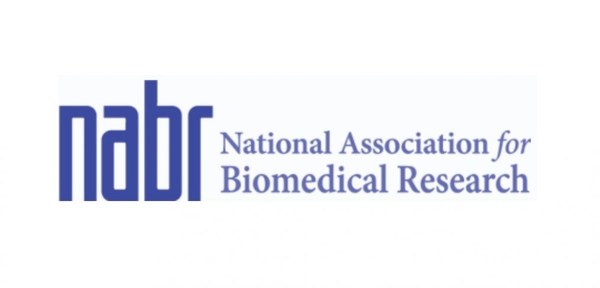 |
A Science-Based Approach Will Determine if the Species is Truly ‘Endangered’
WASHINGTON, June 25, 2024 /PRNewswire/ — The National Association for Biomedical Research (NABR) commends the Union for the Conservation of Nature (IUCN)’s decision to reassess the ‘Endangered’ designation of long-tailed macaque monkeys (macaca fascicularis).
“NABR is pleased that the IUCN will reassess its designation of long-tailed macaques as ‘Endangered’,” said Matthew R. Bailey, president of NABR. “The IUCN’s decision to uplist long tailed macaques to ‘Endangered’ in 2022 was not justified, nor supported by scientific information. NABR looks forward to working with the IUCN to ensure the scientific integrity of its processes.”
In 2023, NABR convened a technical review team to review the basis of the IUCN designation.1 In September 2023, NABR filed a formal petition with the IUCN followed by an expanded petition in February 2024. The expanded petition requested that the IUCN undertake a new science-based assessment of the species’ status.
NABR’s expanded petition demonstrates that the 2022 review by Hansen et. al., which the IUCN used as the basis for its decision to uplist the long-tailed macaque’s status, misrepresents existing data.2
A separate petition filed by Dr. Hank Jenkins asserts that the Hansen et al. (2022) review authors possess conflicts of interest that require further investigation by the IUCN. This petition remains pending before the IUCN.
While the IUCN does not have any legislative or regulatory authority, its ‘Red List’ may influence policy decisions regarding the species. The IUCN’s decision to reassess its ‘Endangered’ designation of long-tailed macaques is important because the species is used extensively in biomedical research.
Six of the 25 most used prescription drugs were developed with the help of long tailed macaques3. Research with long tailed macaques has also been crucial for advances in regenerative medicine4, immunology5, cancer6, vaccine development7, and pharmacology8.
The IUCN final ruling is available online at https://bit.ly/IUCNRulingLTMs.
More information regarding the NABR petition is available online at www.nabr.org.
About the National Association for Biomedical Research
Founded in 1979, the National Association for Biomedical Research (NABR) is the only 501(c)(6) nonprofit association dedicated to sound public policy for the humane use of animals in biomedical research, education, and testing. Members include more than 340 universities, medical and veterinary schools, teaching hospitals, pharmaceutical and biotechnology companies, patient groups, and academic and professional societies who rely on humane and responsible animal research to advance global human and animal health. Learn more about us at www.nabr.org.
1 Members of the NABR technical review team consist of Dr. Ray Hilborn, University of Washington; Dr. David Smith, formerly with the U.S. Geological Survey; and Dr. Robin Waples, University of Washington.
2 See Hilborn, R., & Smith, D. R. (2023). Is the long–tailed macaque at risk of extinction? American Journal of Primatology, e23590. https://doi.org/10.1002/ajp.23590
3 FBR’s Role of LTMs in Research Fact Sheet 01-2024 FINAL, available online at https://fbr-cms-bucket.s3.us-west-1.amazonaws.com/FBR_s_Role_of_LT_Ms_in_Research_Fact_Sheet_01_2024_FINAL_802d17fd7d.pdf?updated_at=2024-02-26T16:44:17.000Z
4 https://www.ncbi.nlm.nih.gov/pmc/articles/PMC8848615/#:~:text=Non%2Dhuman%20primates%20play%20a,organs%20affected%20by%20degenerative%20diseases. regenerative medicine
5 https://www.nature.com/articles/s41577-018-0005-7 immunology
6 https://www.ncbi.nlm.nih.gov/pmc/articles/PMC9808758/#:~:text=Furthermore%2C%20NHP%20naturally%20develop%20cancers,and%20patients%20with%20human%20cancer. cancer research/therapies
7https://www.ncbi.nlm.nih.gov/pmc/articles/PMC5886327/ behavioral pharmacology
8https://www.ncbi.nlm.nih.gov/pmc/articles/PMC8402317/ COVID 19 vaccine development
Contact: Eva Maciejewski
emaciejewski@nabr.org
(202) 967-8305
View original content to download multimedia: Read More

